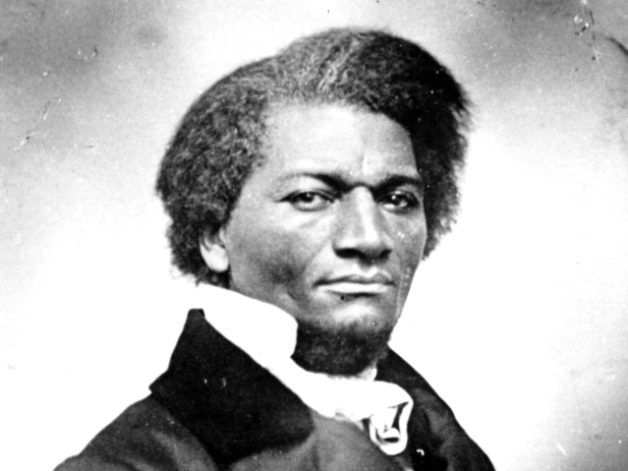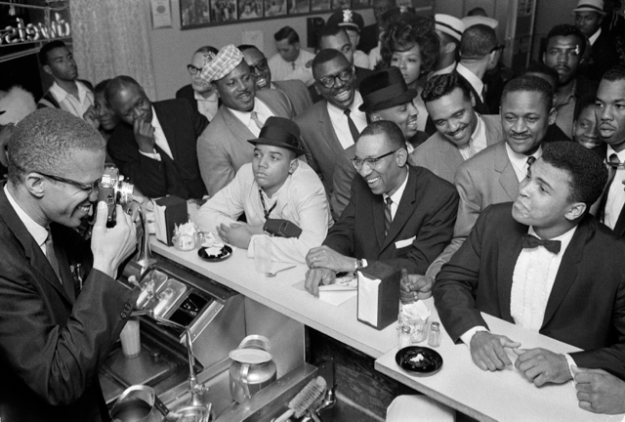
2010 photo by the Federal Emergency Management Agency.
Previously published at GBH News.
Could the Boy Scouts of America be heading into its final days? It sure looks that way. After decades of horrendous and widespread sexual abuse, documented in secret reports known as the “perversion files,” it appears that the moment of reckoning has arrived.
Among those of us for whom scouting was a formative and positive part of our lives, it’s a sad development. Yet there’s just no defending what took place. Earlier this year, the BSA declared bankruptcy in order to protect itself from mounting civil suits. A bankruptcy judge set a deadline of this past Monday for victims to file claims. More than 92,000 people responded.
How large is that number? According to The New York Times, that’s 10 times as many as the number of people who claim to have been sexually assaulted within the Catholic Church. The church scandal has done enormous damage and continues to reverberate, with questions now being raised about Pope John Paul II’s involvement in covering up for a renegade cardinal. Yet the rot within the BSA appears to be much more pervasive.
This is personal for me. My son is an Eagle scout. I’m an Eagle scout. I know what a difference scouting can make in the lives of boys and young men. (The BSA was almost exclusively male for most of its history but began admitting girls in 2018.) Scouting introduced me to hiking and backpacking, which became lifelong passions. Our adult leaders were honorable, decent men.
The sexual abuse wasn’t a secret, of course, but it always seemed to involve some other troop in some other town. According to the BSA, 130 million Americans have taken part in scouting over the years, and no doubt the vast majority of them emerged better for the experience. But that doesn’t excuse the reality that some boys were raped, and that the organization covered it up rather than exposing the evil-doers.
“The Boy Scout policy for decades was not to report to law enforcement,” Paul Mones, a Los Angeles lawyer who represents many of the victims, told Wade Goodwin of NPR. “In fact, they allowed many of these men to go quietly into that good night and leave. The Boy Scouts have never given a straight answer as to why they never reported to law enforcement.”
In some respects, it’s a surprise that the crisis was so widespread. As an adult leader, I had to go through the BSA’s youth-protection training program several times, and it struck me as high-quality and thorough. The organization also insisted on what it referred to as “two deep” leadership — no scouting trip was to have any fewer than two adult leaders on hand at any time. In fact, we used to talk about the need for four leaders — two to accompany a scout if he got hurt and had to go home and two to continue the activity with the other boys. Obviously, though, those rules were not universally followed, and terrible crimes were the result.
Now, we’re all aware that sexual abuse hasn’t been the only problem with the BSA, although it’s by far the most serious. Until recently, the organization banned gay scouts and adult leaders, a blight on its record that it did not erase until 2015. And the Boy Scouts continue to prohibit atheists from joining — a rule that is not only cruel and discriminatory but that is also unenforceable unless a scout decides to speak up. Atheist scouts are rewarded for keeping silent and punished for being honest, which is not exactly in keeping with the ideals of scouting.
There is something deeply anachronistic about scouting. A lot of us weren’t especially thrilled about the quasi-military uniforms even back in the 1960s and ’70s. At its best, though, scouting instills teamwork, discipline and a love for the outdoors. It’s also a refuge for kids who don’t fit in with youth sports or other activities.
Fortunately, scouting is not dependent on the BSA for its continued existence. The Girl Scouts are very much with us; my wife and daughter were both active, and it strikes me as a much better run program than the Boy Scouts.
There are also programs that are similar to the Boy Scouts, some of which were set up as a breakaway groups. For instance, the Baden-Powell Service Association, named after the founder of scouting, “welcomes everyone, regardless of race, gender, sexual orientation, religion (or no-religion)” in order “provide a positive learning environment within the context of democratic participation and social justice.”
Now, that sounds like scouting as it was originally intended. Perhaps what we really need is for the BSA to disappear so that the true spirit of scouting can reassert itself. Because, ultimately, what we’re talking about isn’t an organization but an idea.
Comments are open. Please include your full name, first and last, and speak with a civil tongue.






